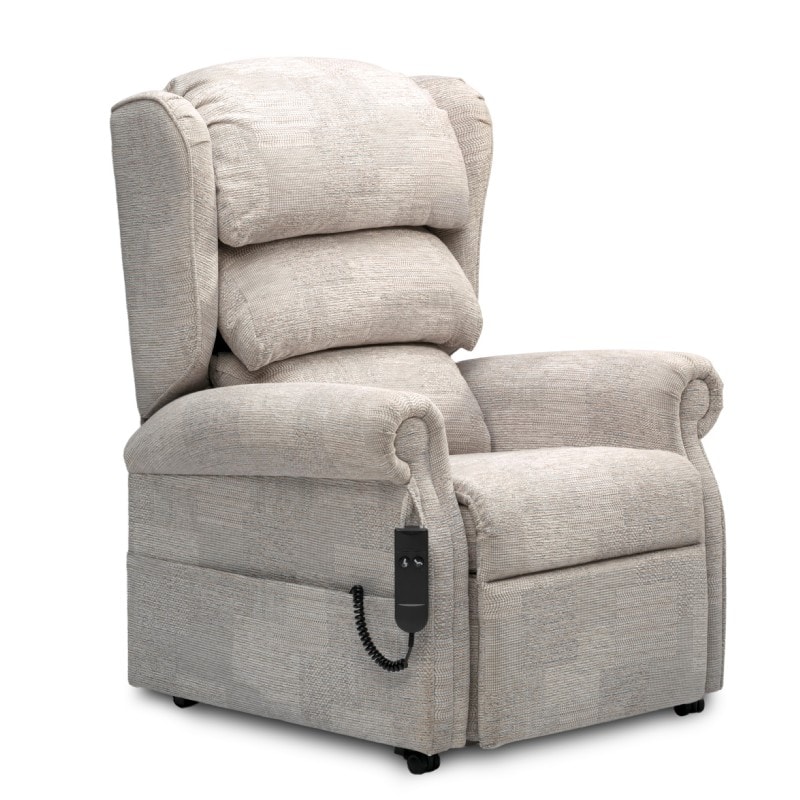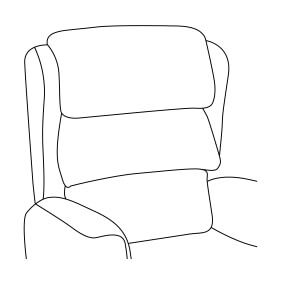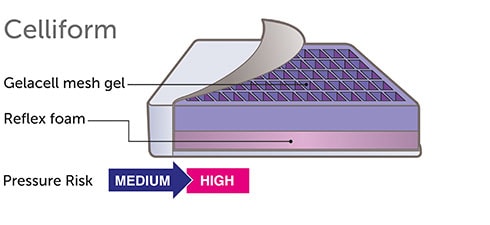Person
Adam1 is a 76-year-old gentleman with Parkinson’s disease. He presents with a general peripheral upper limb tremor, shuffling gait, fluctuating rigidity, impaired depth perception and sensitivity to changing floor surfaces including thresholds.
Adam has a small skin break to his left buttock following a skin graft on his left ankle to support healing of an infected wound.
Adam has type 2 diabetes and therefore his skin is regularly monitored.
[1] Name used for illustration purposes
Environment
Adam lives with his wife in a 2-bedroom terraced property with a steep open staircase. Bathroom and toilet are both on the first floor. The living area and kitchen are located on the ground floor. There is currently space for one armchair and a 2-seater sofa in the living area, both of which are placed against a wall to maximise the floor space in this small room.
Occupation
Adam has always enjoyed watching sports on the television which takes up most of his day. However, he has 3 grandchildren who visit regularly and who his wife looks after 2 days a week. He loves being involved in their care and wants to remain in the hub of the home, engaging in activities with the children.
He remains independent with his activities of daily living although his wife helps with socks and shoes due to tremor and balance.
Adam has been having difficulty standing recently and his wife is anxious about the increased risk of falling that this creates and is therefore ensuring that she is always there to supervise.
Outcome – Clinical Reasoning

Rimini rise recline chair with wall hugger mechanism
The rising element of the chair will allow Adam to stand and transition into walking independently and safely, reducing risk of falls as well as the strain on his wife in assisting him. The reclining feature will allow Adam to rest comfortably through the day and easily adjust positions whilst enabling him to watch television. The wall hugger mechanism will allow the floor space to be maximised by reducing the clearance required to fully recline the chair to 6” (the distance between the chair and the wall).
Other chairs such as the C-air and Multi C-air were considered, but only a chair with a wall hugger mechanism would fit into the living space without compromising health and safety.

Back Cushion - Removable waterfall back cushion
The Rimini comes with the waterfall back cushion as standard, but the removable option was recommended to allow alternative cushions to be installed at a later date given the degenerative nature of Adam’s condition. For example, if Adam’s sitting balance became compromised the waterfall backrest could be replaced with a comfort or lateral support to provide Adam with help maintaining his midline.

Seat Cushion - Celliform
As Adam is independently able to alter position regularly this medium to high risk cushion would be used to both support current healing by increasing air flow and reducing heat.

Fabric
With issues surrounding Adam’s skin integrity a fabric with a Dartex VP four way stretch fabric was chosen to aid with heat dispersion and to reduce shear and friction as the chair movements are carried out.
